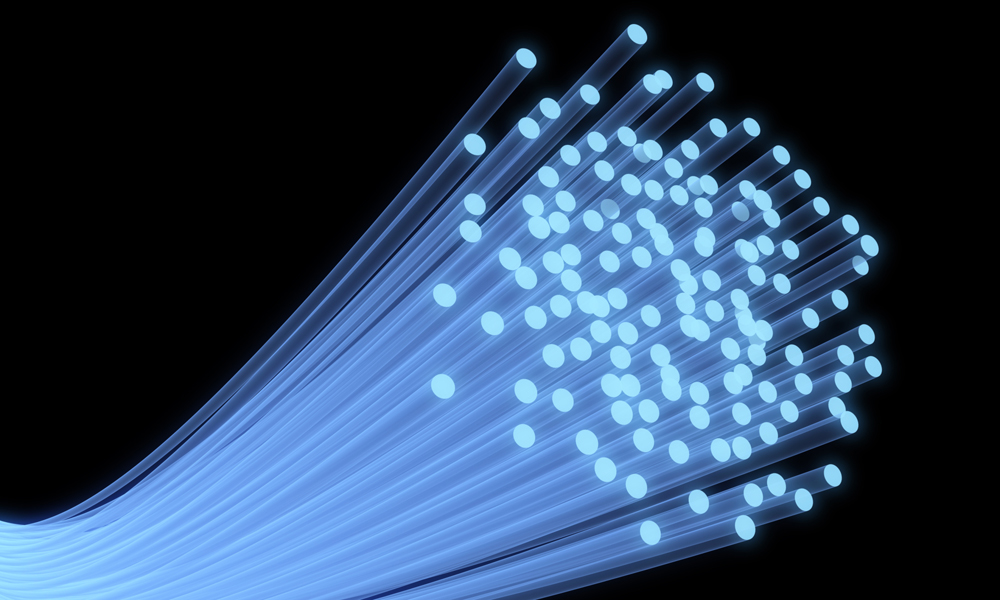
New Association Hopes to Draw Attention to Fiber-Optic Growth
Major tech companies formed a new association, the Association for Passive Optical LAN, which hopes to draw attention to expanding use of fiber-optic cables in local area networks.
Seven major companies in IT networking—Corning, IBM, SAIC, TE Connectivity, Tellabs, Zhone, and 3M—have joined forces to form a new nonprofit, the Association for Passive Optical LAN (APOLAN).
The group’s stated mission is to advocate “education and global adoption of passive optical networks in the local area network (LAN) industry.” The APOLAN website details what it contends are the fiscal and technical benefits of passive optical networking, including that they are secure by design, they can reduce capital and operating expenses, and that they are not limited by the distance and bandwidth constraints of twisted pair networks.
“With data and video consumption forecast to grow between 7-10X in the next few years, the demand for highly cost-effective and high-quality voice, video, and data continues to grow in the enterprise LAN market space, making passive optical LAN an appealing solution to address current and future bandwidth demands,” said Nav Chander, research manager of Enterprise Telecom at IDC, in a statement.
“The APOLAN will provide valuable education and guidance to those considering this type of networking solution, and I expect they will serve as strong advocates for its global adoption,” Chander said.
APOLAN held its founding meeting in March to draft its bylaws and elect its leadership, which includes executives from Corning, IBM, and 3M, among others.
“Participation in the APOLAN is open to all organizations interested in leveraging passive optical networking to revolutionize the way local area networks are designed, deployed, and managed,” APOLAN President and Chairman Dave Cunningham said in a statement.
“The deployments of passive optical LAN to date have demonstrated significant cost and performance advantages compared to traditional Ethernet designs, and the optical foundation ‘future-proofs’ the network for any new bandwidth demand—a clear advantage over existing copper solutions.”
(iStockphoto/Thinkstock)






Comments